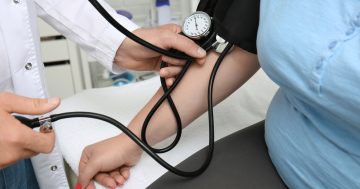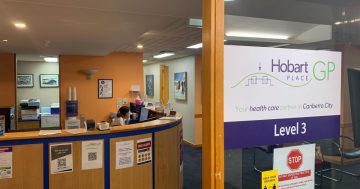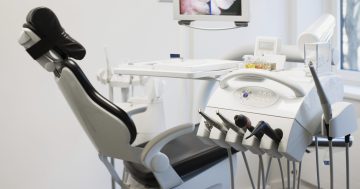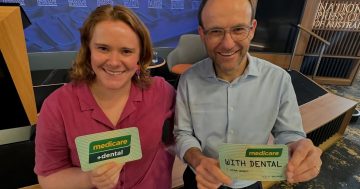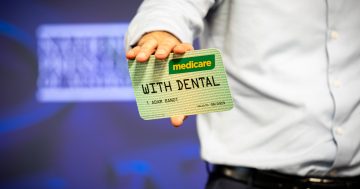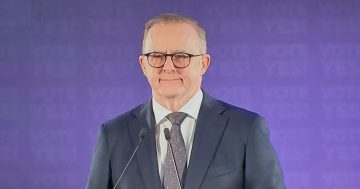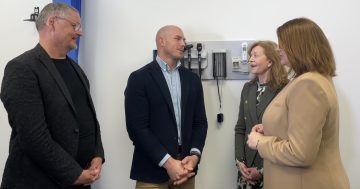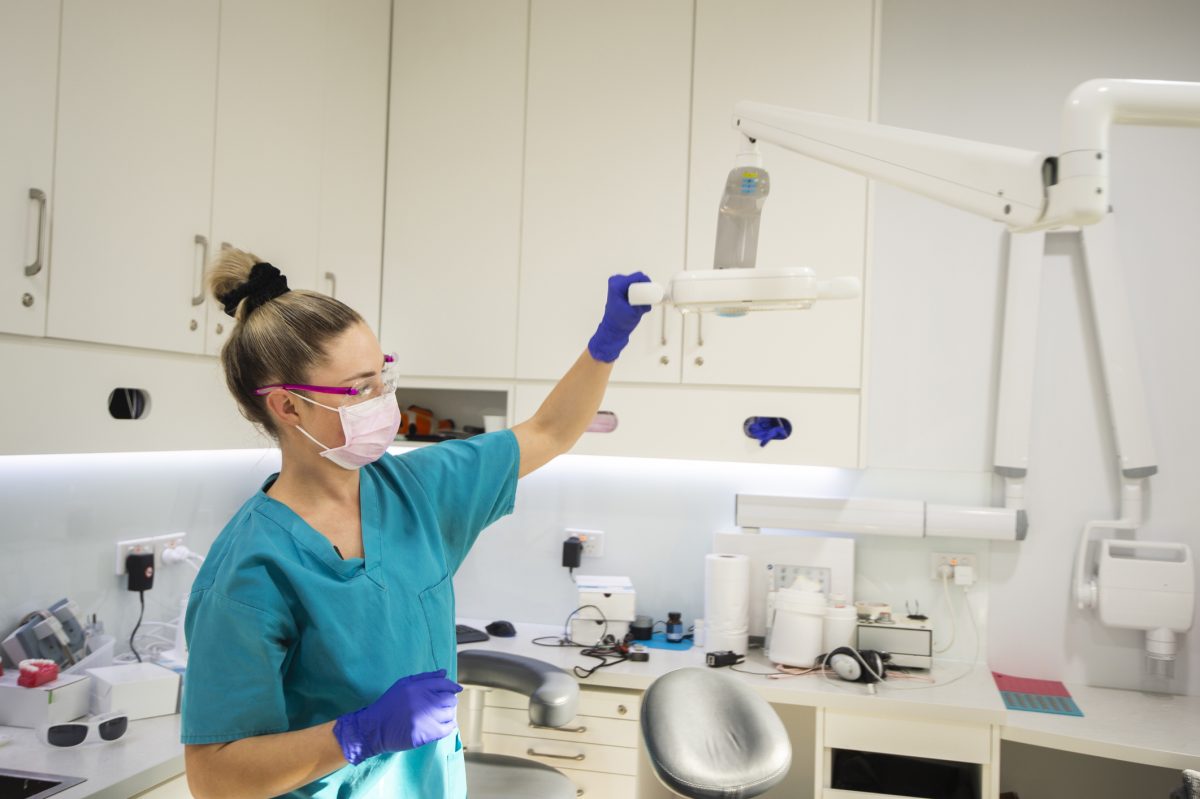
The Canberra electoral division was found to be the most expensive place to visit the dentist, with an average check-up and clean cost of just under $285. Photo: File.
Canberra is the most expensive place to visit a dentist in Australia, the latest data from healthcare directory Cleanbill suggests.
Cleanbill gathered information on 6268 dental practices in the first-ever comprehensive survey of dental clinic availabilities and billing practices in Australian history.
It found the average person in the ACT paid $363.60 for a first-time visit to the dentist, while the national average was $297.15.
The average check-up and clean in the Territory will set you back $274.50, whereas the average Australian pays $229.44.
“Dental work costs significantly more in the smaller states, and all three of the ACT’s federal electorates come in within the top 15 most expensive for dental work across Australia,” Cleanbill founder James Gillespie said.
The electoral division of Canberra, which includes the city centre, Majura and parts of Weston Creek, Woden Valley, Molonglo Valley and Belconnen, is the most expensive place in the country to visit the dentist, with an average check-up and clean cost of $284.66.
Average costs are $9 lower in the division of Bean, which includes southern parts of the ACT, and nearly $30 lower in the division of Fenner, which includes Gungahlin and parts of Belconnen. In Eden-Monaro, which includes Queanbeyan, the average cost is $38 cheaper and in the division of Hume you can pay on average $56 less than in Canberra.
The ACT is also one of the most expensive places to visit a GP and has the highest average out-of-pocket costs of any jurisdiction, along with the lowest bulk-billing rates.
With this in mind, Mr Gillespie said it wasn’t a surprise that Canberra came out as the most expensive place to see a dentist.
“I’ve lived in Canberra for the last three years and there’s a tendency for things to be more expensive,” he said.
“What’s been interesting about the statistics is that they follow quite closely with the GP statistics we’ve seen.”
Mr Gillespie said the economic pressures on GPs and dentists to run a practice in Canberra, with its high rents and labour hire costs, meant practitioners often had no choice but to pass on those costs to their patients.
He said the outcome of Cleanbill’s research was “worrying”.
“We’d heard a lot about how difficult it was to get accurate pricing data for dentists and how many Australians were avoiding seeing the dentist because of concerns surrounding cost,” he said.
According to the latest Australian Bureau of Statistics data, more than 3.4 million Australians delayed or forewent care with a dentist because of concerns surrounding cost in 2021-22.
Over the same period, 82,916 Australians ended up in hospital with potentially preventable dental conditions, representing an increase of 14.4 per cent over pre-COVID levels.
The release of this data comes as a Senate committee into dental services in Australia is shortly due to report its findings.
The Select Committee into the Provision of and Access to Dental Services in Australia is expected to hand down its final report on 28 November after receiving 168 submissions.
Australia’s peak body for dentistry is calling for the Federal Government to address the affordability of dental treatment, particularly for vulnerable populations more likely to be unable to access dental care due to high costs.
“We made our case loud and clear at the Senate inquiry into dental access currently underway – prioritise setting up affordable dental schemes for seniors, Aboriginal and Torres Strait Islanders, the disabled and those on low wages,” Australian Dental Association president Dr Scott Davis said.
Dr Davis said dentists were affected by the rising cost of goods and services needed to keep the practice going, but had tried not to put their prices up to reflect this.
He said 70 per cent of the costs of running a dental practice came from overhead costs.
“With dentists’ fees under scrutiny recently, it’s helpful to understand that dentists require highly complex medical and dental equipment, skilled operators and staff, medicines and materials to deliver safe and quality dental care, with each room in a practice costing $100,000 to set up and then high ongoing operating and regulatory costs.
“Our bi-annual fee survey of our 17,500 members shows that from 2020 to 2022, dental fees only went up by 3.7 per cent, which is less than half the cost of inflation.”












